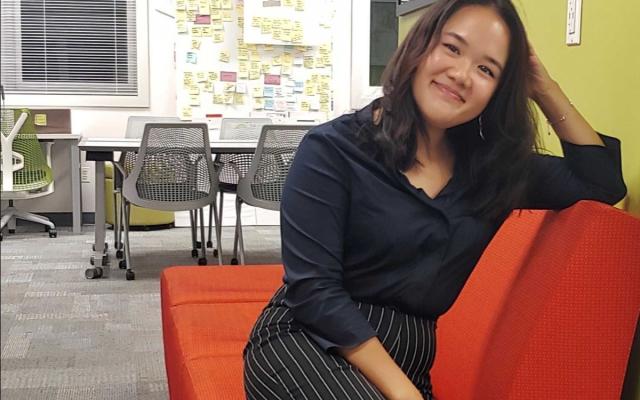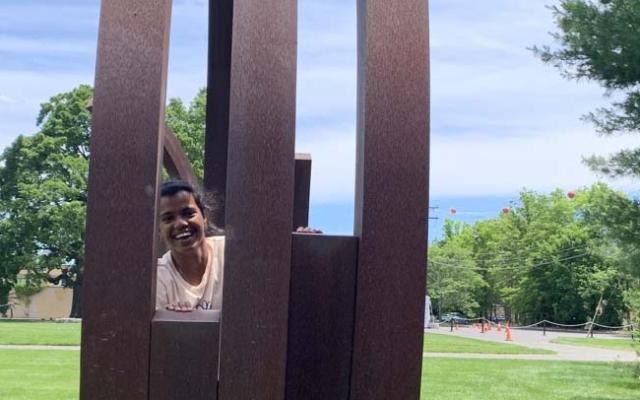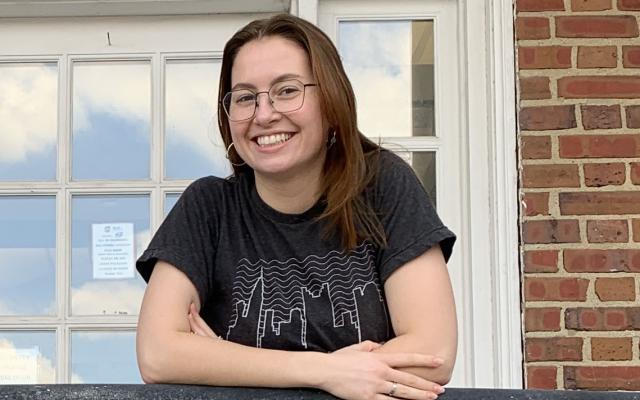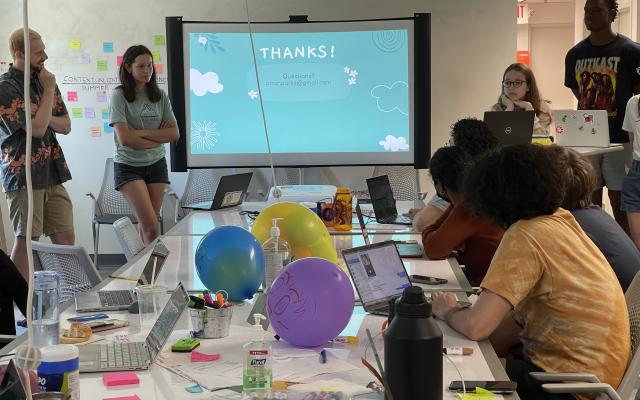How might we put an end to and make visible the silent suffering of Asian Americans?
Since COVID-19 began, there has been a 1900% spike in hate crimes against Asian Americans. On March 16, 2021, a local Korean newspaper in Atlanta reported that the shooter had yelled “I want to kill all Asians” before killing eight people, six of whom were Asian women, at Young’s Asian Massage in Atlanta. At a Sam’s Club in Texas, Bawi Cung and his two young children of Burmese descent were stabbed by an assailant who assumed they were Chinese and responsible for spreading Covid. These few scattered yet highly disturbing examples are among the multiple attacks on people of Asian descent across the country, including the death of an 84-year-old man of Thai descent in San Francisco. According to a recent poll from NPR, the Robert Wood Johnson Foundation, and Harvard, one in four Asian American households feared for their safety.
While recent high-profile, horrific Anti-Asian xenophobia in the U.S. has attracted a sudden surge in media coverage and renewed public scrutiny. Yet, many believe that such has only revealed the tip of the iceberg of discrimination against Asian American communities. “It’s almost as if the public just discovered that there’s anti-Asian bias, discrimination, and hatred in this country,” said Derald Wing Sue, professor of psychology and education at Columbia University. “What’s upsetting is that it took so much violence for people to take the discrimination seriously.” For many Asian Americans, the fear does not stop at physical hate crimes, but everyday slights that have manifested in all sorts of form from microinsults and microinvalidations disguised as curiosity-induced questions like where an Asian person is “really” from, or unsolicited compliments on one’s English skills, as well as environmental microaggressions such as subtextual negative messages ranging from Asian English accents, social skills and even appearances that knowingly or unknowingly lead to invisible emotional impacts that are tantamount to outright discrimination.
Harvard Business Review’s analysis of the U.S. Equal Employment Opportunity Commission’s national workforce data found that Asian American white-collar professions are the “least likely group to be promoted” into management roles compared to any other race, “including blacks and Hispanics”. This “bamboo ceiling” is often glossed over due to their exceptional academic achievements and high-earning abilities which perpetuated the model minority myth. Too often, Asian Americans are grouped with Whites in statistics, with their educational and economic privileges idealized, and their struggles with racism simply and conveiently dismissed. Between the “model minority” and “forever foreigner”, the AAPI community finds itself forgotten in the U.S. racial discussions. Worse still and in particular, Asian American women find themselves stuck in the intersectionality of cultural depiction and racialized sexism - a double bind, where neither the deferential, docile “Lotus Flower” nor the aggressive, overbearing “Dragon Lady” is perceived to possess the competence and social skills to function as successful leaders. Studies have shown that women, in general, are more successful in the workplace when they are able to ensure that their communication styles match the impressions they want the receiving party to have by playing into or against their personalities based on the context and situation. For Asian American women, it is operating within two added sets of competing gendered stereotypes.
Historically, the root of discriminatory behavior towards the AAPI population can be traced back to the Chinese Massacre of 1871 in Los Angeles, the Chinese Exclusion Act of 1882 (which Congress repealed in 1943), and internment camps of Japanese Americans during WWII. However, nearly a century of violence against Chinese and other Asian Americans without legal recourse, the unremitting covert message of being the perpetual “other” is compounded by the fact that AAPI individuals are less likely than other racial groups to speak out, complain, and seek professional and medical assistance. Regardless of where they are born and raised, many Asian Americans are raised under the influence of traditional Asian cultures or habits of stoicism, overworking, keeping one’s head down, steering away from trouble, and silent suffering. It becomes a problem when these virtues are conflicted with the modus operandi of propagating change through activism in the U.S.
This Tiger Challenge team will examine the racial microaggressive experiences of the AAPI community, and construct a solution to make visible the continuum of implicit racism and subtle discrimination embedded within the U.S. racist framings of Asian Americans.
Faculty Advisor:
TBD
Community Partner:
TBD




